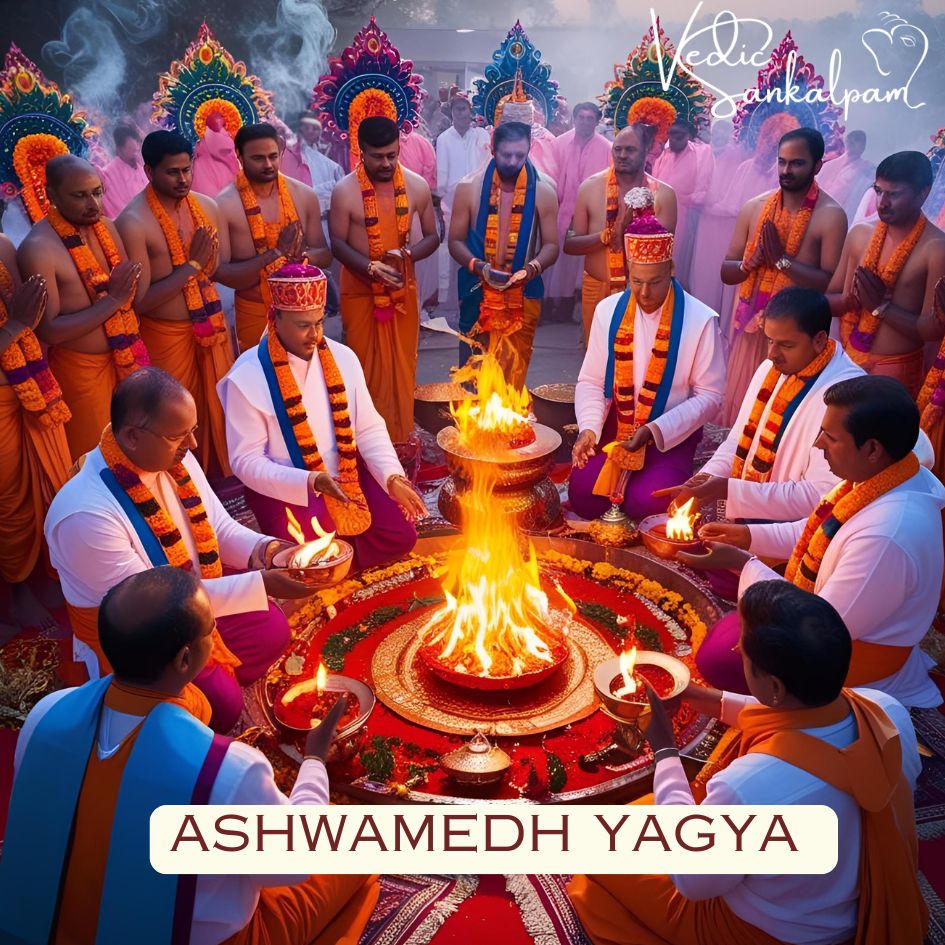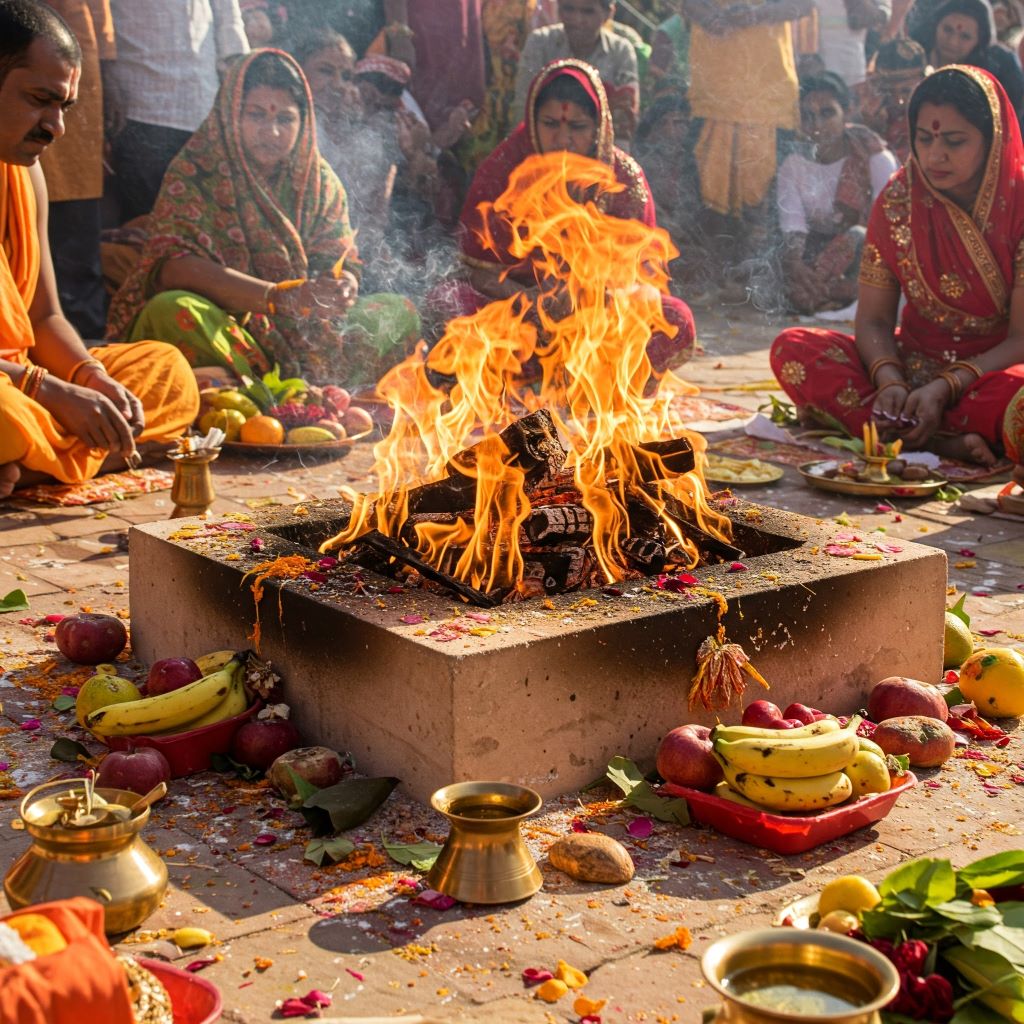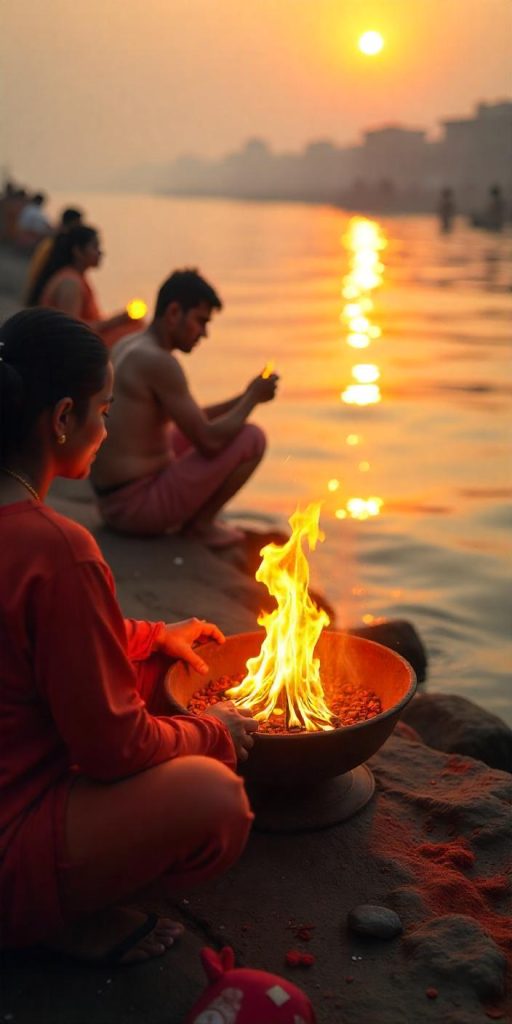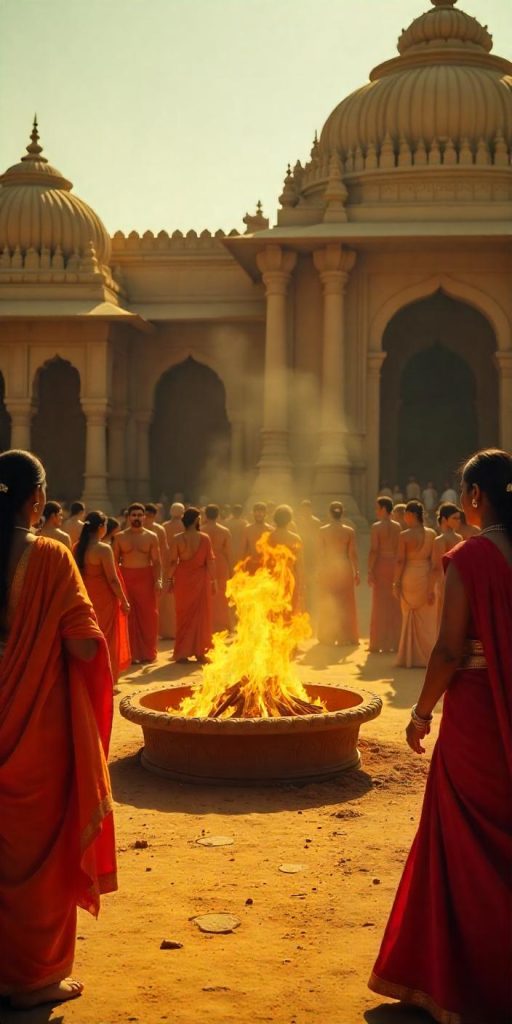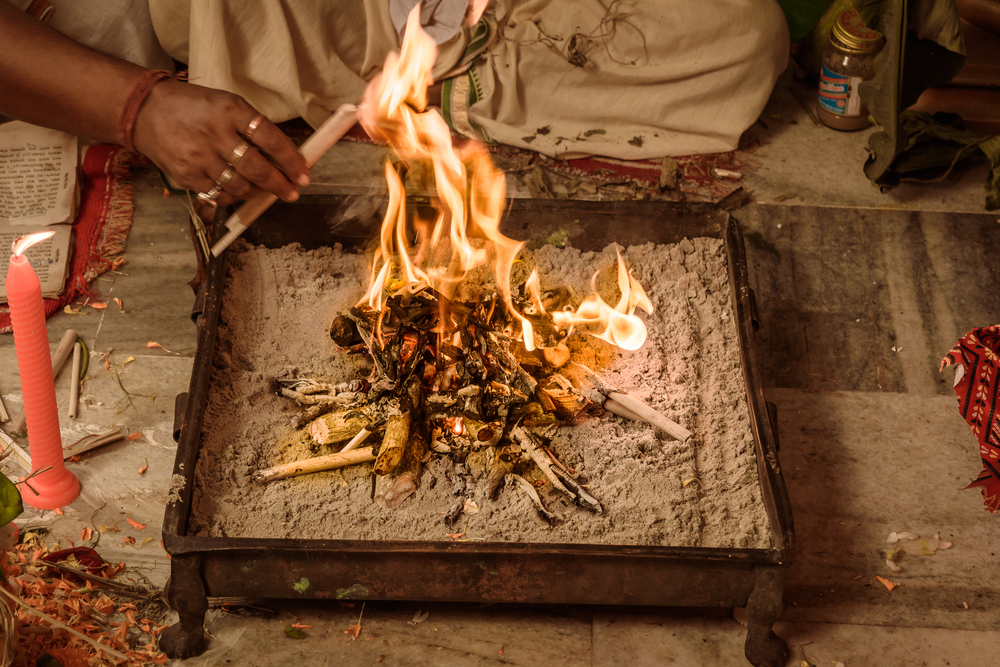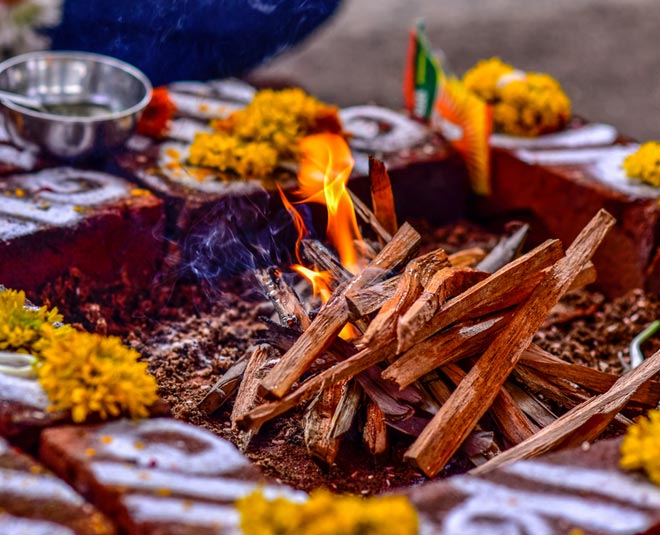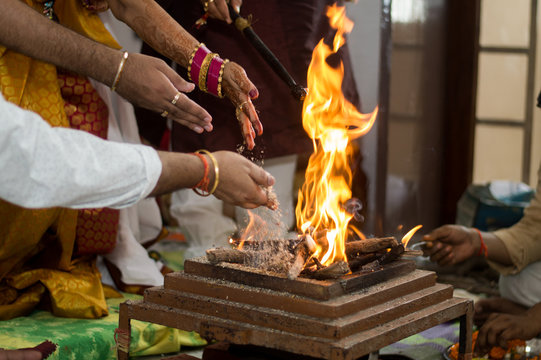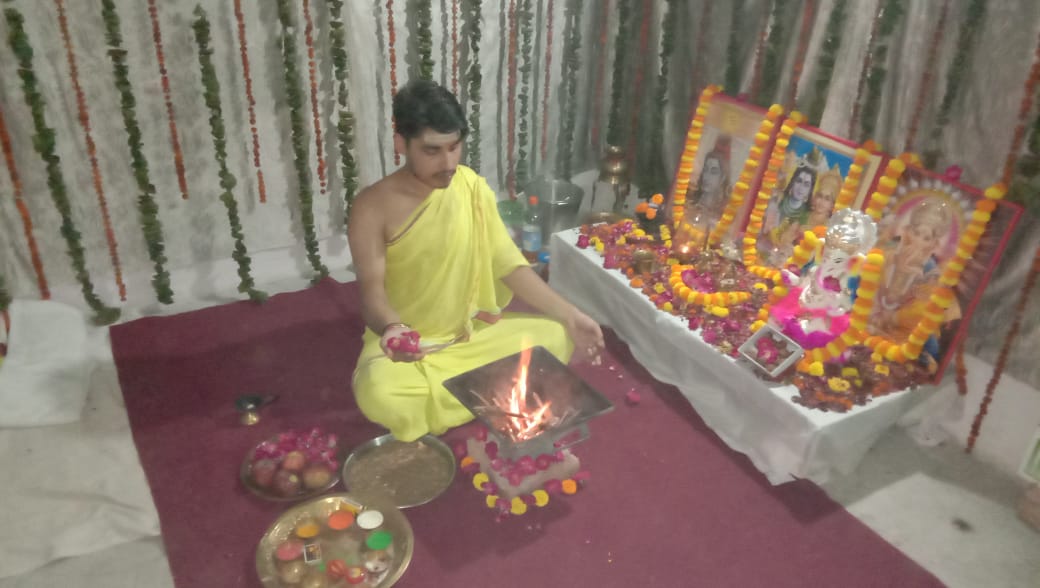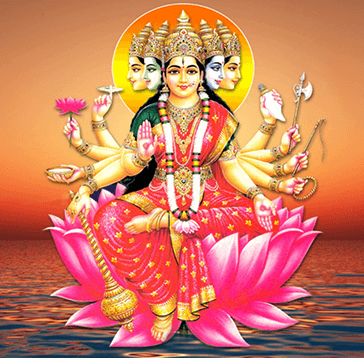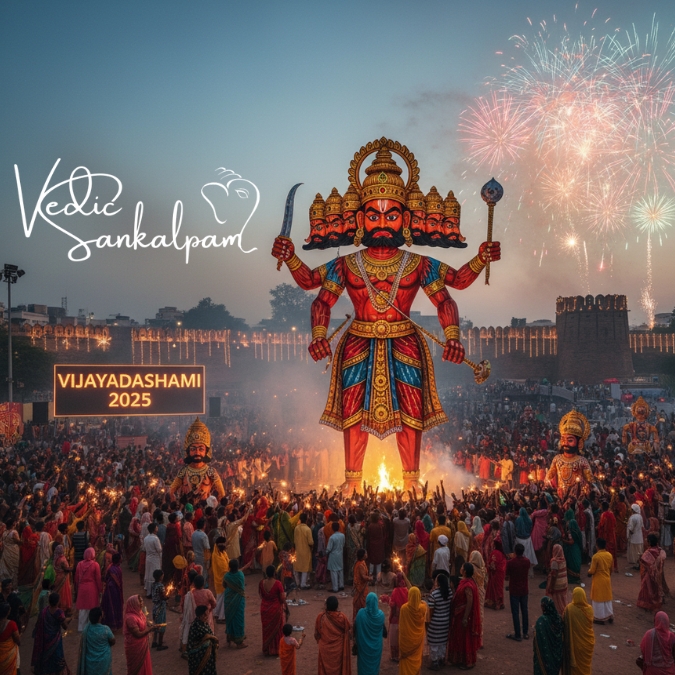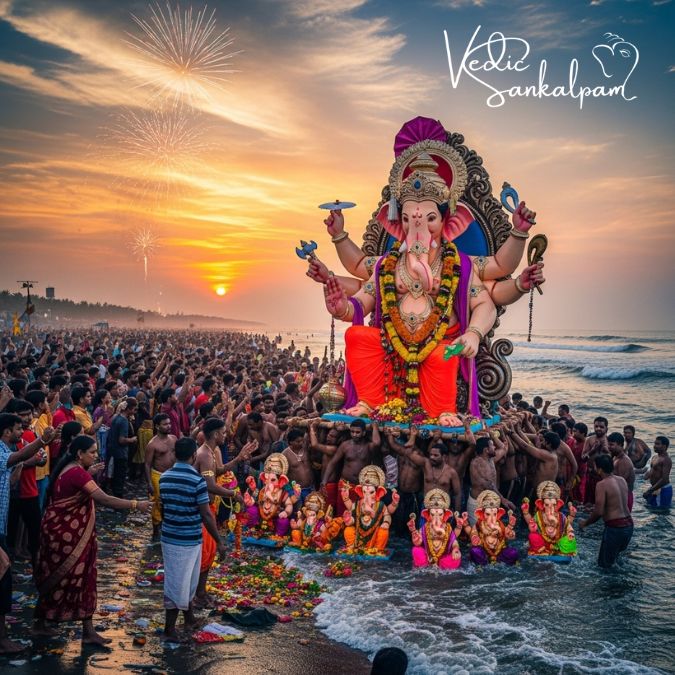What is Rajsuya Yagya?
The Rajsuya Yagya is one of the most prestigious Vedic royal rituals performed by an emperor or Chakravarti (universal monarch) to assert sovereign power and divine endorsement. Rooted in ancient Hindu tradition, the Rajsuya Yagya is a symbol of imperial supremacy, signifying the monarch’s control over all directions and rulers.
Performed by powerful kings like Yudhishthira, the eldest Pandava in the Mahabharata, this sacred ritual combines political power, spiritual purity, and cosmic alignment. The successful completion of the Rajsuya Yagya confirms the monarch as a righteous ruler upholding Dharma (cosmic law and duty).
Historical and Scriptural References
The Mahabharata, one of India’s greatest epics, provides a detailed narration of the Rajsuya Yagya conducted by Yudhishthira. Assisted by Lord Krishna and his brothers, Yudhishthira’s Rajsuya was marked by grandeur, alliances, diplomacy, and a pivotal moment—the slaying of Shishupala, a disruptive king.
The Atharva Veda and Shatapatha Brahmana also refer to Rajsuya Yagya, outlining its philosophical and ritualistic framework. These scriptures stress the yagya’s role in cosmic renewal and the king’s responsibility to protect and govern with justice.
Spiritual Significance of the Rajsuya Yagya

The Rajsuya Yagya is not merely political—it is deeply spiritual and symbolic. It stands for the purification of the king’s soul, and his transformation into a Dharmic ruler blessed by the deities. Key spiritual meanings include:
-
Assertion of Dharma over adharma (unrighteousness)
-
Unification of Bharata-varsha (ancient Indian subcontinent)
-
Divine sanction to rule and expand territory
-
Cleansing of karmic debts through fire sacrifice
By performing the Rajsuya, the king becomes a conduit for divine will, connecting heaven, earth, and his people.
Ritual Process of Rajsuya Yagya
The Rajsuya Yagya is an elaborate ritual that can span several weeks, involving numerous Vedic priests, scholars, and regional kings. The main stages include:
1. Ashwamedha-like Conquest
Before the Rajsuya, the king sends envoys or conquers other regions symbolically or by force. Tributes and submission from other rulers are necessary to perform the Yagya, showcasing the monarch’s superiority.
2. Invitation of All Kings and Sages
Kings from all directions, rishis, Brahmanas, and noble guests are invited to witness the grand ceremony. This creates alliances, and ensures widespread recognition of the ruler’s claim.
3. Ritual Purification
The king undergoes spiritual purification, involving fasts, penances, and ceremonial baths. This prepares him for divine communion.
4. Yagya Mandapa Construction
A grand sacrificial hall or Yagya Mandap is constructed, filled with holy fires, altars, and sacred geometry. Brahmins chant Vedic mantras while offerings like ghee, grains, herbs, and gold are poured into the sacred fire.
5. Installation and Worship of Deities
Idols or symbols of various deities are installed and worshipped. Especially Lord Vishnu, Agni (fire god), and Indra receive elaborate offerings to bless the ceremony.
6. Selection of the Chief Guest
A key moment is the selection of the most honorable guest—in Mahabharata, Lord Krishna was chosen, signifying divine approval of the Yagya.
7. Dakshina (Donations)
The king donates lavish gifts, cattle, land, and gold to Brahmanas and guests, ensuring Punya (merit) and the welfare of his kingdom.
Rajsuya Yagya and the Mahabharata – A Turning Point
The Rajsuya Yagya of Yudhishthira was both a political masterstroke and a karmic turning point. The selection of Krishna as the guest of honor led to the death of Shishupala, who insulted Krishna during the ritual. This incident marked:
-
Krishna’s cosmic authority as Vishnu’s avatar
-
The beginning of the Kaurava-Pandava tensions
-
The seeding of the Kurukshetra war, with jealous Duryodhana feeling humiliated by the Pandava success
Thus, the Rajsuya Yagya was more than a celebration—it was the axis around which the fate of kingdoms turned.
Symbolic Elements of Rajsuya Ritual
Every element of the Rajsuya Yagya is infused with symbolism and Vedic wisdom:
-
The throne installation represents royal Dharma
-
The sacred bath (abhisheka) symbolizes rebirth
-
The fire offerings connect the king with Agni and cosmic forces
-
Tribute collection implies acceptance of leadership by others
-
Vishnu worship establishes the ruler as upholder of cosmic balance
Cultural Legacy of Rajsuya Yagya
Though no longer performed today due to its scale and requirements, the Rajsuya Yagya lives on through festivals, temple rituals, dramatic retellings, and royal traditions in Hindu culture. Temples like those in Khajuraho, Hampi, and Rameswaram depict Yagya scenes on their walls.
In modern times, it serves as a metaphor for leadership, righteous rule, and spiritual responsibility. Leaders who rule with fairness, wisdom, and humility echo the essence of the Rajsuya Yagya.
Rajsuya Yagya vs. Ashwamedha Yagya – Key Differences
| Aspect | Rajsuya Yagya | Ashwamedha Yagya |
|---|---|---|
| Purpose | Establish sovereignty through alliances | Expand territory through conquest |
| Symbol | Sovereignty and Dharma | Power and Expansion |
| Involves other kings? | Yes, through tribute and presence | Yes, through challenge to their authority |
| Requires conquest? | Not always physical | Symbolic or real territorial challenge |
| Notable Performer | Yudhishthira | Lord Rama, King Harishchandra |
Conclusion: Eternal Relevance of Rajsuya Yagya
The Rajsuya Yagya remains an eternal reminder of how spirituality and leadership must unite. In a time when rulers were seen as the bridge between the divine and the people, this sacred ritual validated their role not just through force, but through ethics, wisdom, and cosmic duty.
Whether one is a leader of a nation, a business, or a family, the principles behind Rajsuya—service, humility, wisdom, and righteousness—remain deeply relevant in today’s world.




